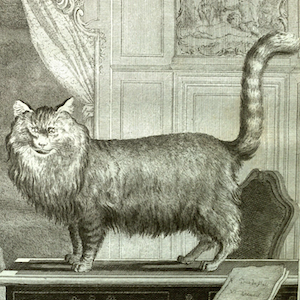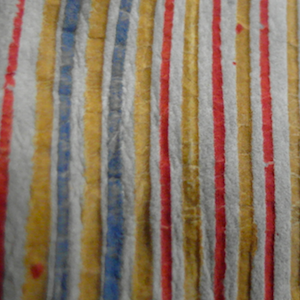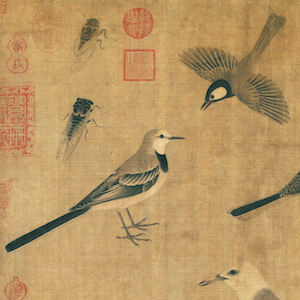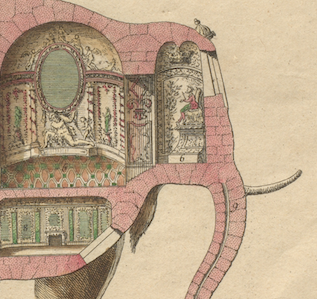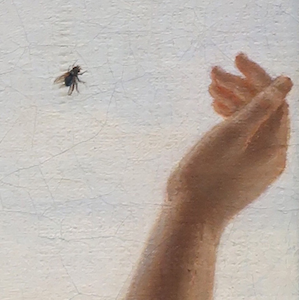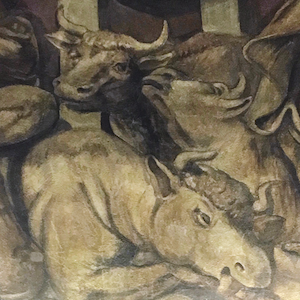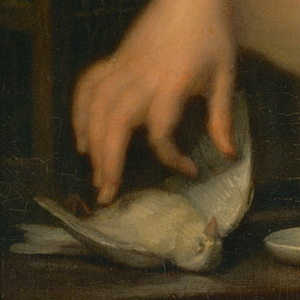Amy Freund and Michael Yonan Painted cats are strange. Such a blanket statement may strike the reader as an obvious exaggeration, but a quick survey of cats in art lends conviction to the claim. Let us take a famous example, one from a canonical eighteenth-century painting, Jean Siméon Chardin’s The…
Cats: The Soft Underbelly of the Enlightenment
